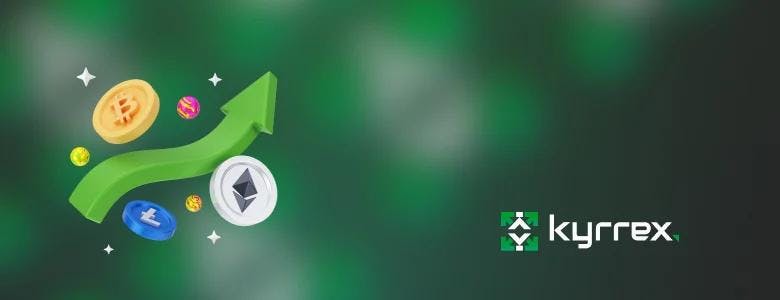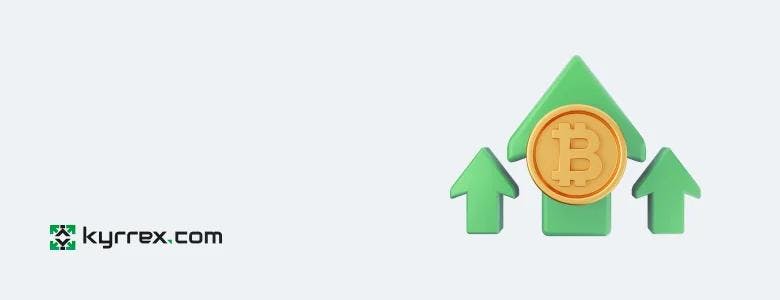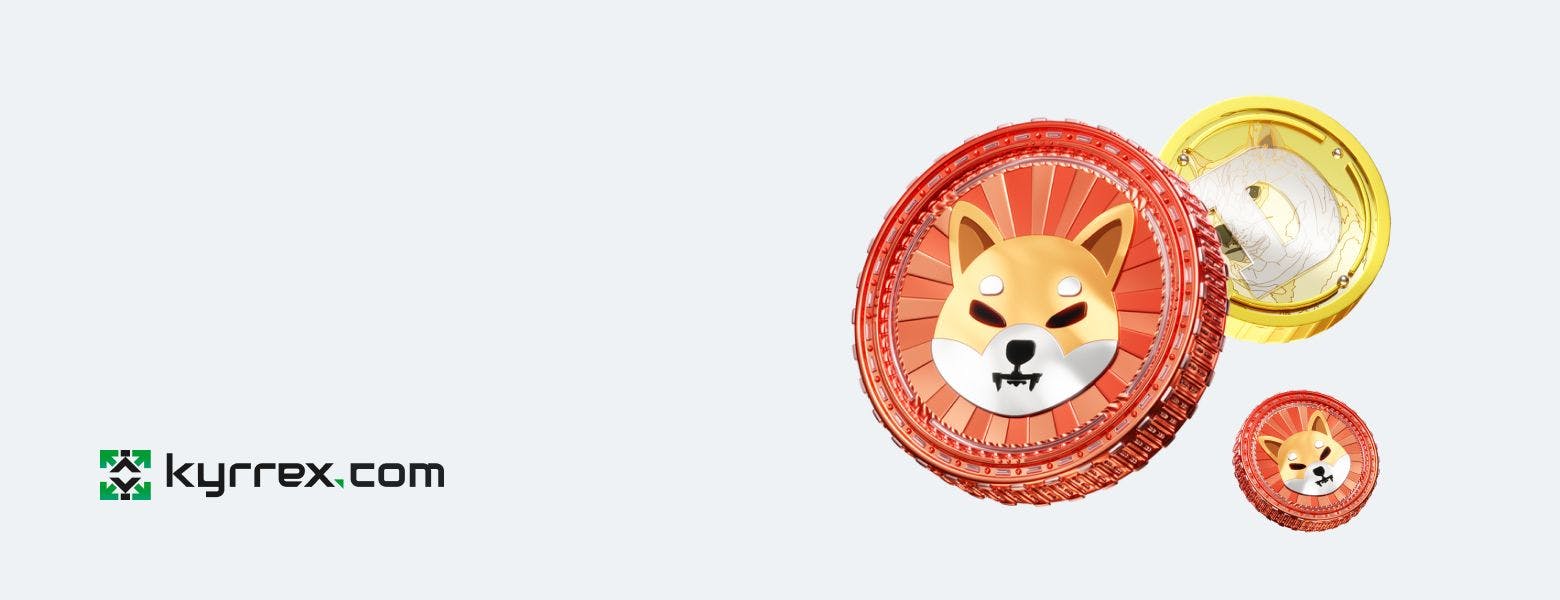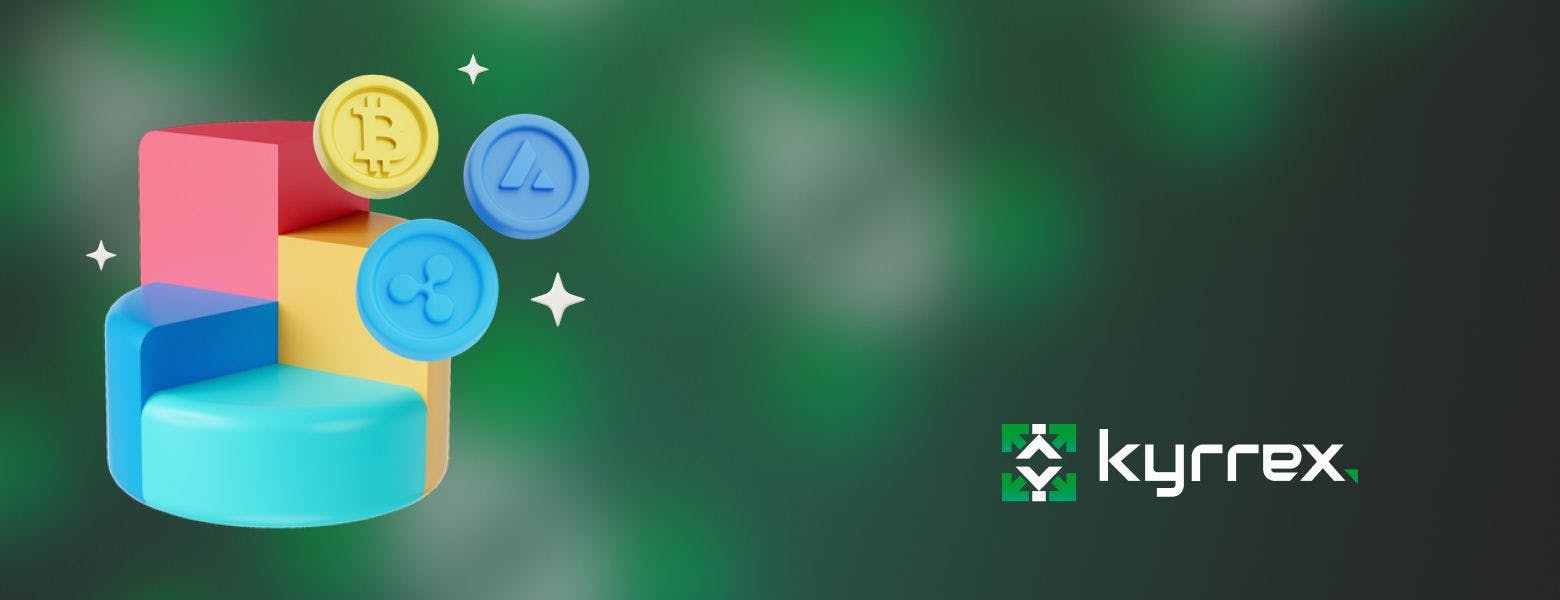
Crypto Bubbles and the Prospects of Cryptocurrency

Like any enterprise with brokers and actors, the crypto market goes through phases of highs and lows. Even though these phases are diametrically opposite, they each have their pros and perks. For the sensitive crypto trader, the best phase turns into a bubble inside which they can make a lot of money and secure assets that will bring even more money later.
So, what is a crypto bubble and what implications does it have on the prospects of crypto trading and investments in the years to come?
Crypto Bubbles at a Glance
Crypto bubbles are periods during which the prices of crypto tokens are at a radically different height than normal. Specifically, crypto tokens or assets sell for higher than they should, thereby allowing their holders to make money within a short while. Thus, the shorter the window of opportunity, the more profit crypto traders typically make, and vice versa.
Crypto bubbles develop from the interplay of numerous social and economic components, for example, the demand for a particular token or the projected prospects of a particular asset. Each of these components can be traced back to an expectation that develops as a response to a situation. The result is a crypto bubble where the price of a crypto asset usually quickly rises above its actual value and forms the basis for a crypto trader’s profiteering.
Generally speaking, crypto bubbles arise from a number of situations. These include:
- The price of a crypto asset suddenly nearing all-time-high levels and resulting in high expectations regarding its prospects;
- The high expectations of crypto actors and agents further stimulating the crypto asset, thereby causing even more rise in price.
So, the more crypto actors (traders and investors) are attracted by the upward price trend of the crypto asset, the higher the price will go. Eventually, the asset will be priced for much higher than it is worth, in which case its holders can enjoy significant profits trading it.
What Crypto Bubbles are Not
Crypto bubbles are not periods of fluctuating prices of crypto assets. As a rule, price volatility is a fundamental characteristic of cryptos. So, when the price of a crypto asset A rises to a new all-time-high and then falls to a new all-time-low within a short period, that is not a crypto bubble.
Also, crypto bubbles do not have a specific time limit. This often makes it difficult to recognize them immediately. So, if you notice that the price of a crypto token has been rising by 5 units every 10 minutes for 4 hours only to dip, you can be sure that that is not a crypto bubble.
Lastly, even though crypto bubbles are seemingly random, they can usually be explained. As noted earlier, these bubbles can be traced to actual (that is, real-life) social and economic conditions, factors, or dynamics. So, if nobody can make sense of why the price of a crypto asset is rising, it is highly possible that it is not a crypto bubble.
Uncertainty and Unpredictability as the Roots of Crypto Bubbles
The crypto industry has been experiencing a lot of downtime recently. Although some critics insist that this is proof that the industry is falling out of favor with market forces, we know that this is not the case. First, there is a global economic crisis and it is affecting crypto. Second, the ups and downs of the value of many popular cryptos could bring about positive trends in the long run.
From what we know of crypto bubbles, it is the scarcity of information regarding when it starts that makes it a profitable period for crypto traders. If every trader on the block has their eyes on an asset about to spark off a crypto bubble, the bubble will burst in no time. This is one of the reasons unpredictability can be a plus for smart crypto traders since it typically shrouds bubbles from public view until it can no longer do so.
So, if you want to take advantage of a crypto bubble, you could do the following:
- Observe a popular crypto asset that has noticeably dipped in value.
- Research the viability of its returning to the peak within a particular period.
- Watch out for social and economic events that could spark renewed investor interest in the asset.
- Plug in to the bubble and wait for it to form.
This is not the be-all and end-all of what it takes to seize the initiative and make early and long-lasting profit from crypto bubbles. But it works and helps you see beyond the shroud of uncertainty and unpredictability. An easier way is to keep track of assets with rising prices and wait for said prices to rise above the norm and stay there for a while.
The Prospects of Cryptocurrency

Crypto analysts will never get tired of speculating what great changes the crypto industry will introduce to the world of finance and business management. In reality, we know that the changes will certainly be multidimensional, so it will help you to know what crypto can and cannot do.
Crypto came to the rescue of Ukraine when it was invaded by Russia. That demonstrated that it could revolutionize national finance and tip international borders. Furthermore, it was one of the most convincing proofs that crypto was the future of decentralized finance, whether within the context of national sustainable growth and development or on an individual level.
There are great expectations for the crypto industry. The setups of business organizations will certainly be transformed with the global-scale implementation of smart contracts. New technologies and technological innovations will have to be developed to accommodate the rapidly growing system of blockchain operations and management. Retrieval systems will change, and so will the way the internet interacts with the flow of information. We are already seeing this with Web 3.0.
On an individual level, you will be able to better manage your resources, especially your finances. The extent to which big businesses can access and use your information will also change. So, the future of cryptocurrency is looking genuinely bright and beautiful.
Of course, there are dangers and risks to this future. In the absence of some regulatory standards, the system can be abused to take advantage of people and swindle them. So, while you can place your trust on the crypto system, some of its actors are bad news.
Thankfully, there are reliable centralized crypto platforms around. Some of these, like Kyrrex, are radically innovative as one-stop crypto-fiat banks. You can trust these ones while enjoying the occasional crypto bubble and anticipating the goodies of the imminent crypto future.






